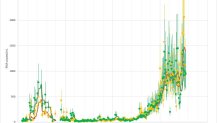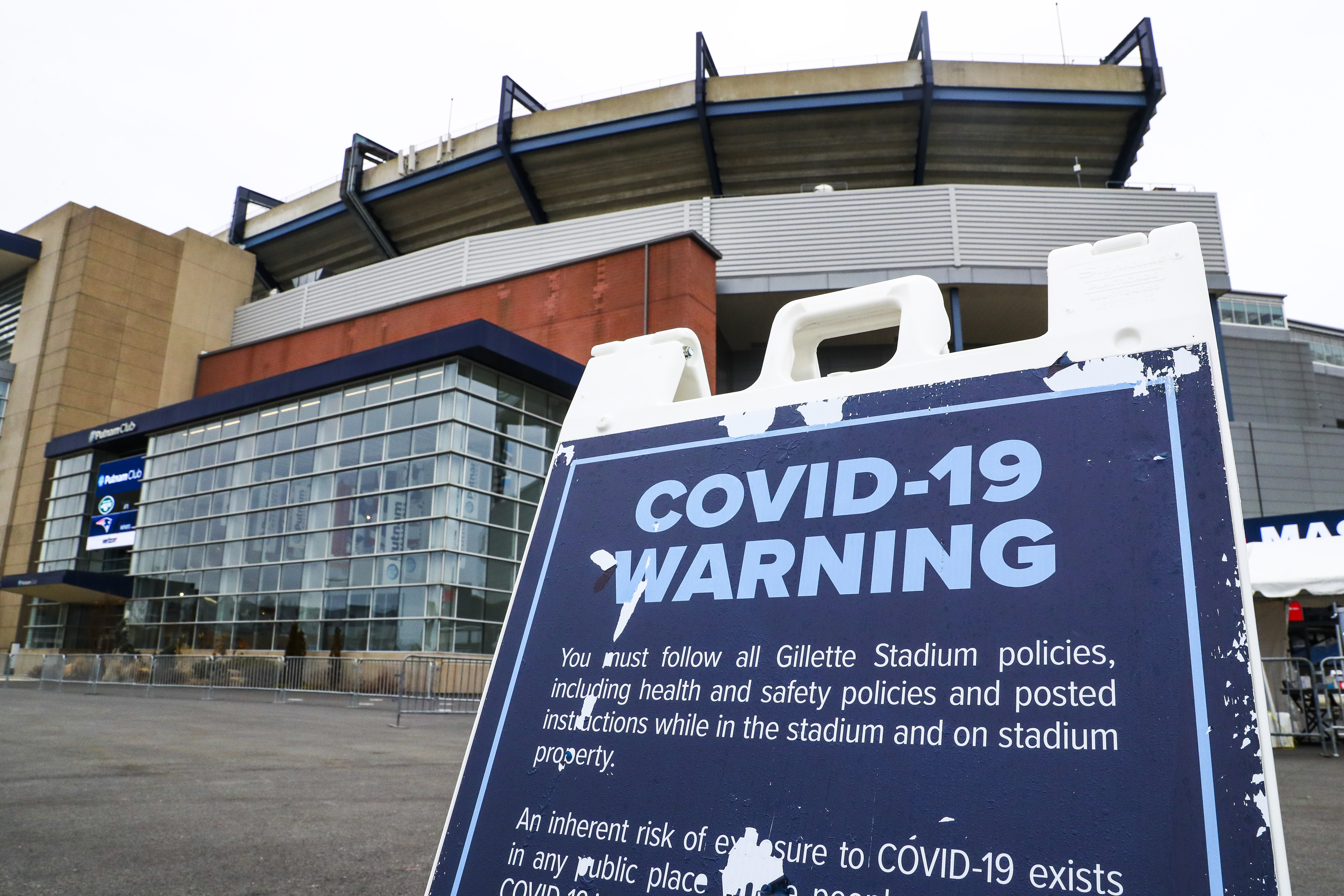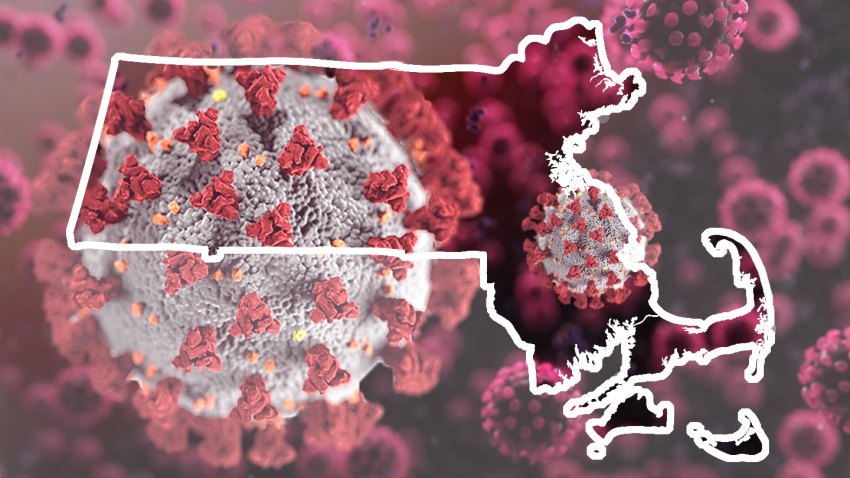The current surge in the coronavirus pandemic shows no sign of abating in Boston -- and it may be getting worse, according to new data dredged from Greater Boston's sewer system.
Levels of COVID-19 detected in wastewater in the Massachusetts Water Resources Authority system are on the rise after holding steady through December, according to public data shared by the agency. And for some of the region, the levels appear to be about three times as high as what was detected at the height of the first surge this spring.

Biobot, a Cambridge-based company, has been tracking coronavirus levels in wastewater for almost a year under a contract with the water utility. It looks for genetic indicators of COVID-19 infection rates in wastewater samples collected multiple times each week from the Deer Island Treatment Plant in Boston, and the results have broadly tracked with the number of coronavirus cases detected in Massachusetts through more conventional testing.
Friday's data shows that wastewater from the northern half of the Massachusetts Water Resources Authority's coverage area, which includes Boston, is higher now than in both the spring and December, at above 1,000 RNA copies of the virus per milliliter.
But COVID levels from the southern half of the coverage area appear roughly three times higher than they were in the spring. Then, they never topped 500 RNA copies per milliliter, but the levels are now at nearly 1,500 RNA copies per milliliter.
The spike that's been appearing in the data recently is "way out of proportion higher than ever before," said Eric Feigl-Ding, an epidemiologist and health economist at the Federation of American Scientists, in a series of tweets this week.
Wastewater has been used around the country and the world as a way to get a sense for the how widespread coronavirus infections are in communities.
Nasal COVID-19 tests, the kinds given in hospitals, can by default only give a sense of how prevalent the virus is among people who are able to get tested. But, Biobot cofounder Mariana Matus previously told NBC10 Boston, wastewater analysis is able to treat everything flushed down the toilet as a sample.
"It includes people who have not been diagnosed, it includes people who may be asymptomatic or refuse to go to the doctor, it is very inclusive, and therefore it is a very good test of what is happening," she said.
There's some evidence that wastewater testing can detect outbreaks faster than contact tracing. And the amount of coronavirus being seen in Boston's sewers now “could be a sign of higher counts than it’s been, which is scary because it’s been really high recently,” Hamer told The Boston Herald this week.
Massachusetts has been reporting about 5,000 new cases a day this week, which is lower than the record of 7,635 set last week, though higher than the numbers reported daily in the spring. And nearly two-thirds of the state's cities and towns are now in the high-risk "red" zone for coronavirus transmission risk, the Department of Public Health revealed Thursday.
Experts and government officials like Gov. Charlie Baker believe the state is experiencing a surge in cases that originated over the holidays, when some people may have let their guard down and gathered with other people outside their bubbles.



